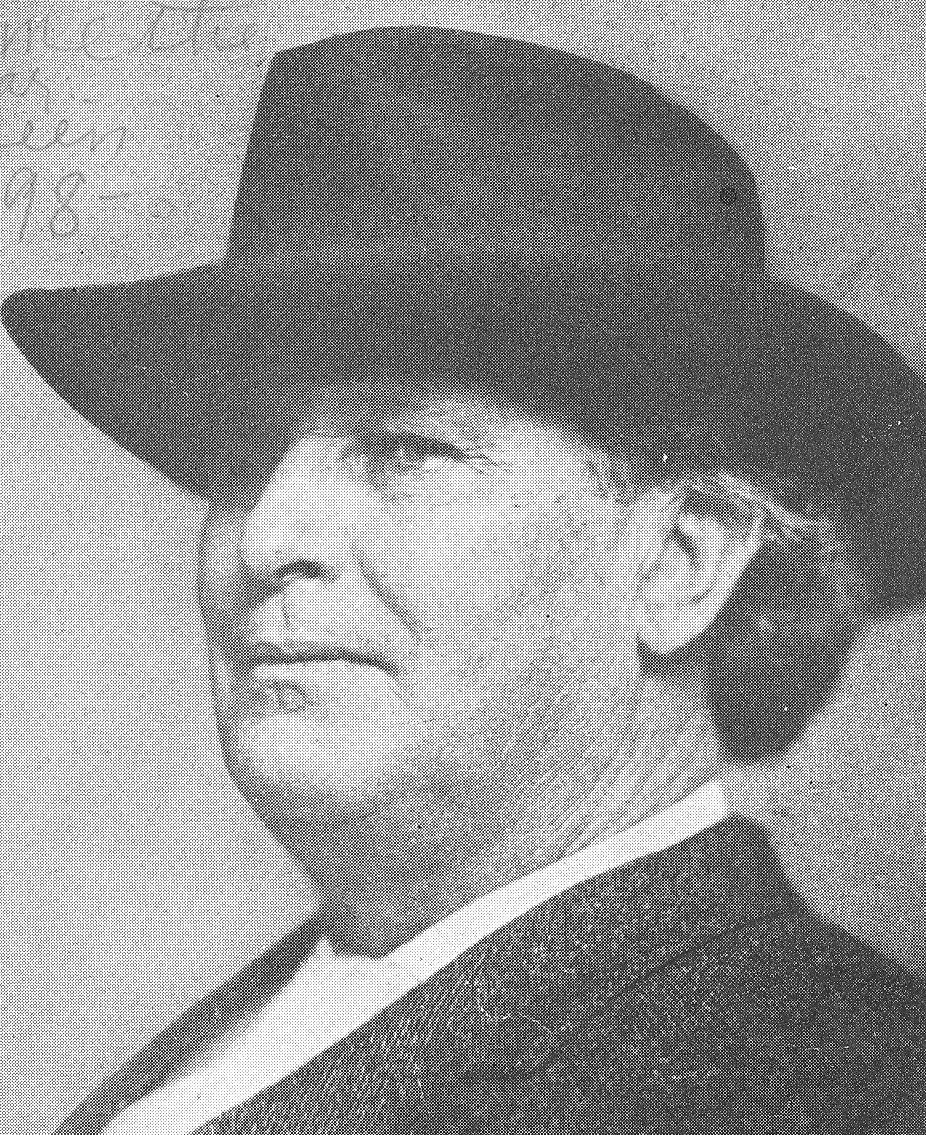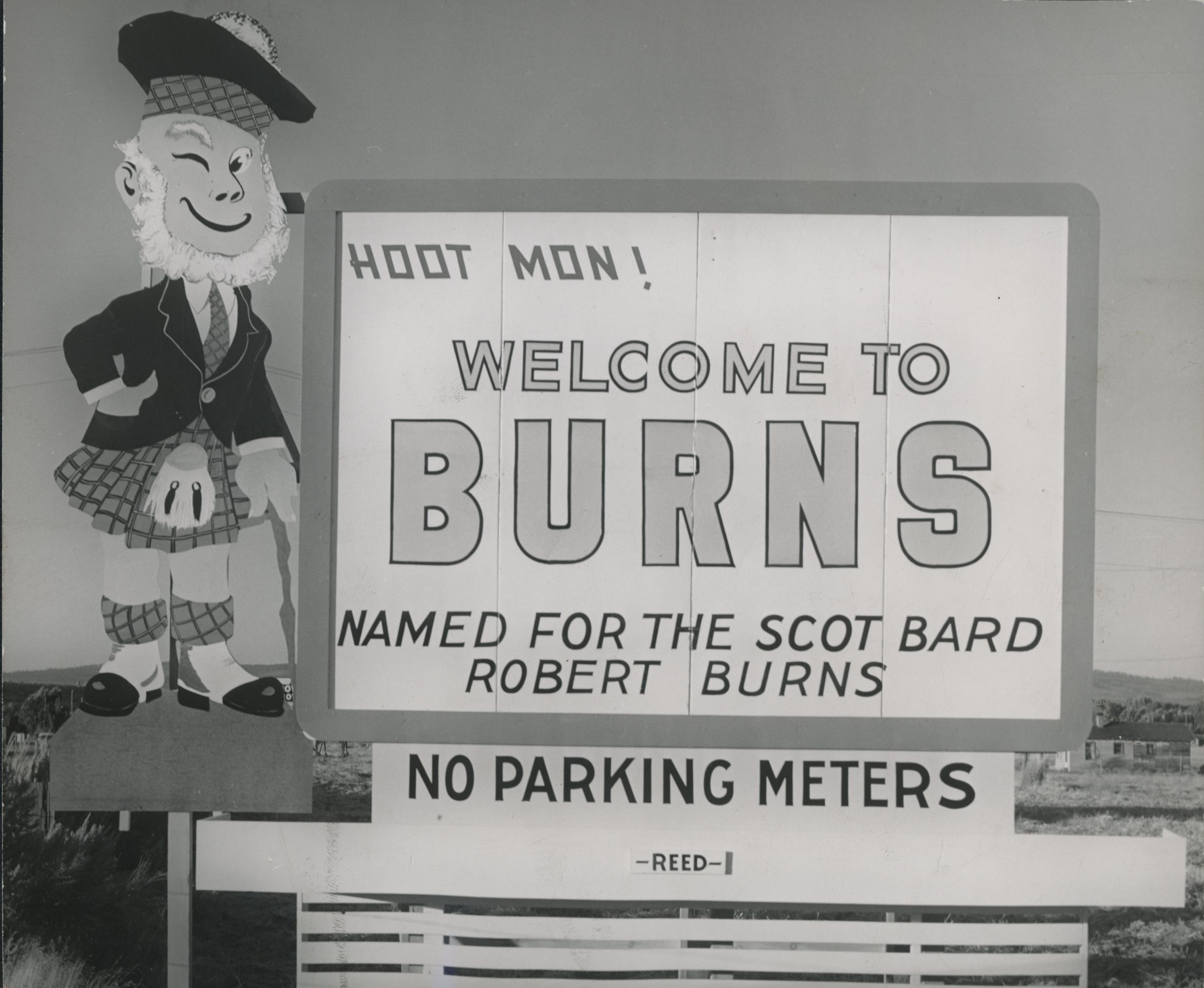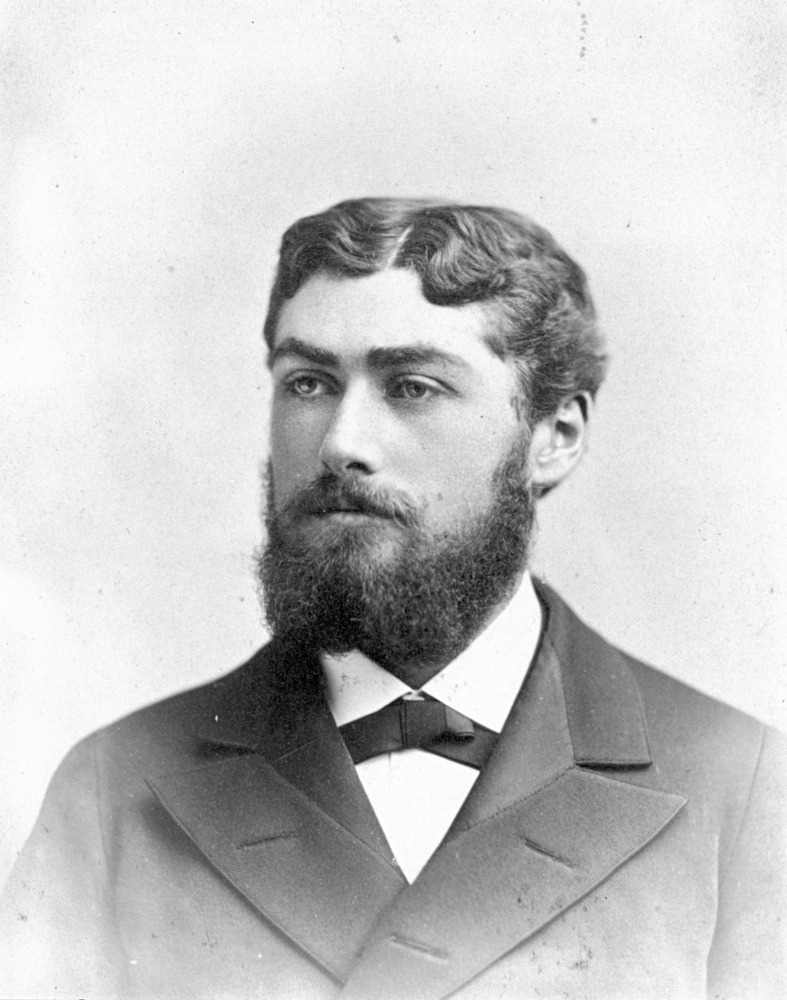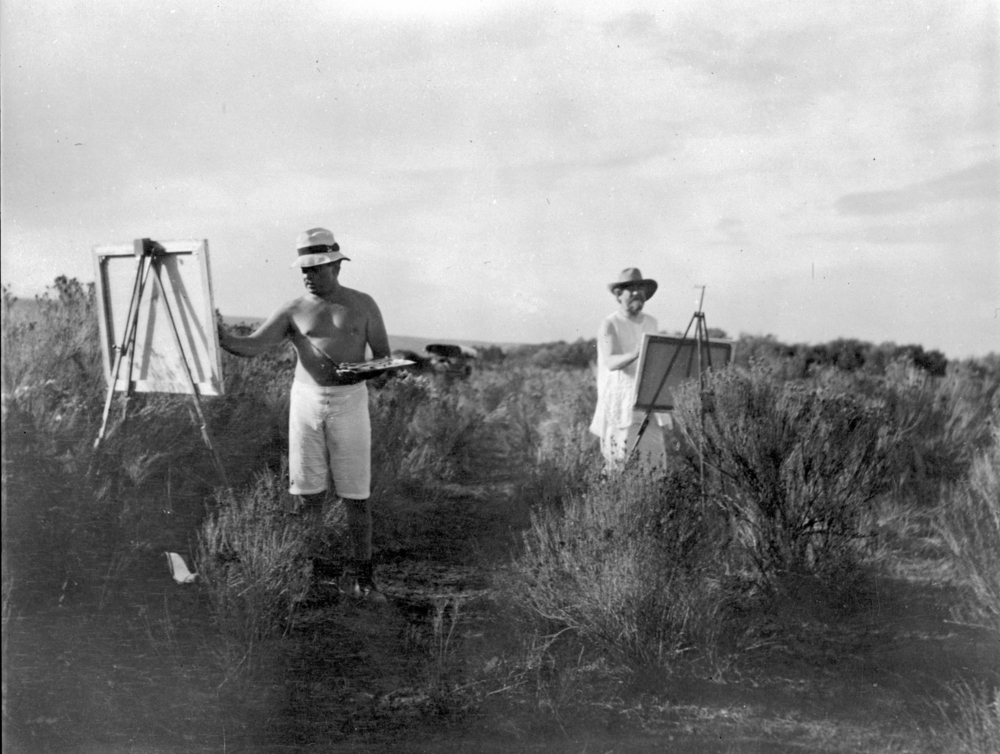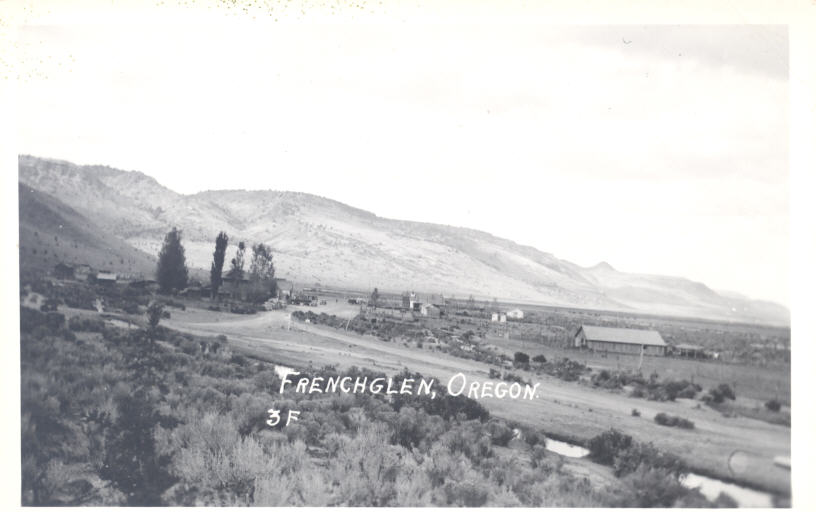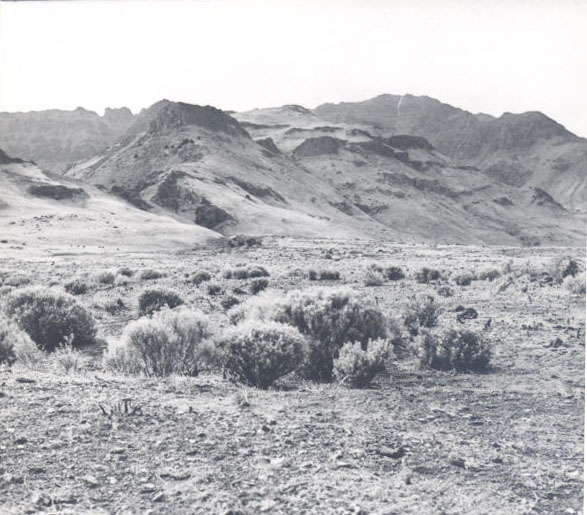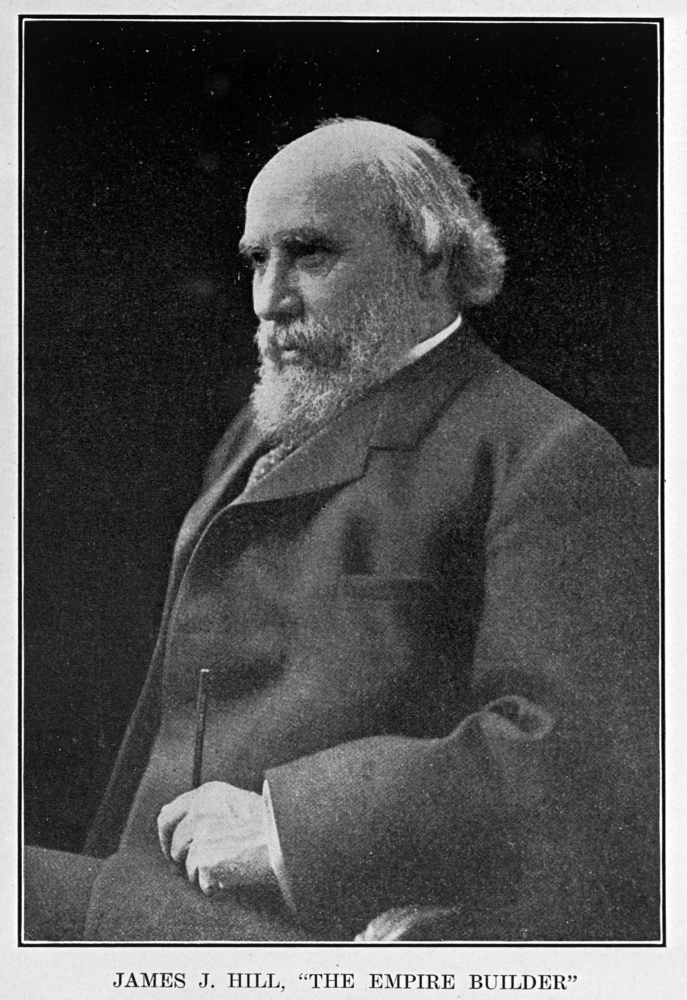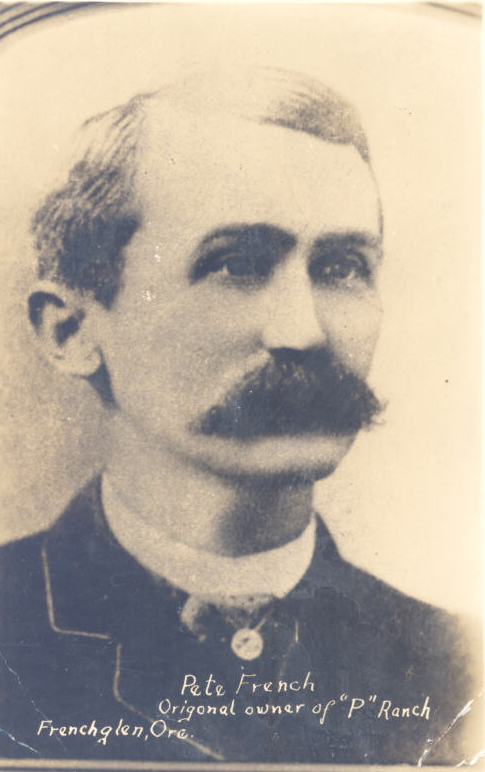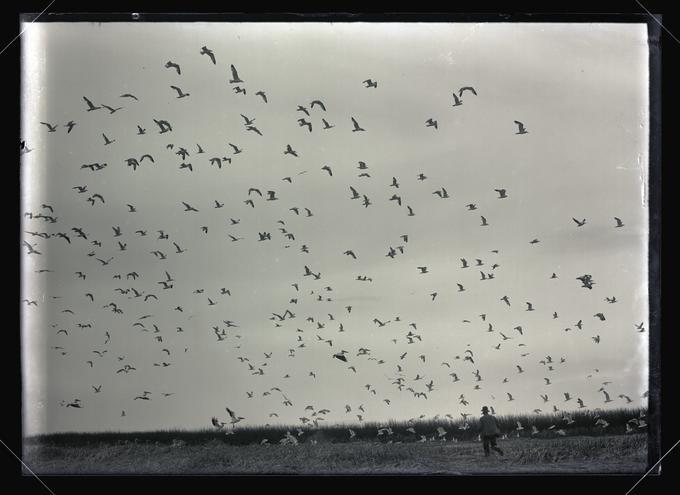William Hanley, who was known as the Sage of Harney Valley, was born on February 8, 1861, in Jacksonville, Oregon, then called the Rogue River country. At the age of seventeen, he left his Rogue River home with his brother Ed and a small herd of cattle and headed for the Harney Valley in southeastern Oregon. He settled south of Burns and went on to become one of the most influential men in the region, spurring economic development and establishing important transportation networks.
Not much for formal schooling, Hanley quit school when he was about ten. He later remembered when a teacher told the class the story of Noah and the ark: “I was just a little boy, but I knew stock. That brought about my final decision that I was done. If that was all the teachers knew about stock, then school wasn’t worth my time.”
Hanley was known for his down-home wisdom and his hospitality. Among his friends he counted railroad magnate James J. Hill and his son Louis, poet Edwin Markham, writer C.E.S. Wood, landscape painter J. Alden Weir, and renowned American painter Childe Hassam. On his trips east, he met Woodrow Wilson, William Howard Taft, and J. Pierpoint Morgan.
Hanley ran unsuccessfully for governor and for the U.S. Senate in 1914 on Theodore Roosevelt's Bull Moose ticket. But he never lost sight of his roots. “I had learned we must all just be cattle together," he wrote, "and not some of us lord it over the others."
Hanley married Clara Cameron, a neighbor from Jacksonville, on July 6, 1892. They owned and ranched the Bell A in Harney Valley, where the view extended fifty miles in all directions across sageland, pasture, lakes, and rimrock. In 1903 they added to their holdings and bought the 16,000-acre OO Ranch for six dollars an acre.
Hanley protected the abundant wildlife on his ranches, ranging from deer and antelope to coyotes, eagles, and migrating waterfowl. He was an advocate for wildlife conservation. After his death in 1935, Clara Hanley sold 14,741 acres of the OO Ranch to the federal government for expansion of the Malheur National Wildlife Refuge.
In addition to ranching, Hanley was a leader in the construction of two important highways—the Bend to Burns road (Route 20) and the Three Flags Highway (Mexico-U.S.-Canada or Route 395). In 1931, Governor Julius Meier appointed him to the Oregon Highway Commission. As a land developer and speculator, Hanley initially encouraged more settlement of the Harney Valley but later believed that the government’s policy of encouraging small homesteads in the arid region was folly.
Hanley also helped bring rail transportation to the region. Through James J. Hill, Hanley was instrumental in bringing an expensive short railroad offshoot from the Columbia along the Deschutes River to Bend in central Oregon.
After a long illness, Bill Hanley died on September 15, 1935, in Pendleton, a day after attending Hanley Day at the Pendleton Roundup. At his funeral in Burns, Oregon Journal editor B.F. Irvine said: “Too bad the whole world could not have known him.”
-
![William Hanley, from his book Feelin' Fine.]()
Hanley, William, portrait from book, crop.
William Hanley, from his book Feelin' Fine. Harney County Lib. Harney County Hist. Soc. collec.
-
![William Hanley (middle) and others.]()
Hanley, William, and others, in field.
William Hanley (middle) and others. Harney County Lib. Harney County Hist. Soc. collec.
Related Entries
-
![Burns]()
Burns
Located in Oregon’s High Desert, Burns is the county seat of Harney Cou…
-
![C.E.S. Wood (1852-1944)]()
C.E.S. Wood (1852-1944)
C.E.S. Wood may have been the most influential cultural figure in Portl…
-
![Childe Hassam (1859 - 1935)]()
Childe Hassam (1859 - 1935)
Childe Hassam, though not an Oregonian, created some of the best-known …
-
![Edwin Markham (1852-1940)]()
Edwin Markham (1852-1940)
Throughout most of his life, Edwin Markham was known as the Dean of Ame…
-
![Frenchglen Hotel]()
Frenchglen Hotel
Frenchglen is a small desert community sixty miles south of Burns whose…
-
![High Desert]()
High Desert
Oregon’s High Desert is a place apart, an inescapable reality of physic…
-
![James J. Hill (1838-1916)]()
James J. Hill (1838-1916)
James Jerome Hill was one of the United States’ preeminent railroad man…
-
![John William "Pete" French (1849-1897)]()
John William "Pete" French (1849-1897)
Peter (or Pete) French was a stockman of near-legendary status who ran …
-
![Malheur National Wildlife Refuge]()
Malheur National Wildlife Refuge
Malheur National Wildlife Refuge, established in 1908 by President Theo…
Related Historical Records
Map This on the Oregon History WayFinder
The Oregon History Wayfinder is an interactive map that identifies significant places, people, and events in Oregon history.
Further Reading
Brimlow, George. Harney County, Oregon and Its Rangeland. Burns, Ore.: Harney County Historical Society, 1980.
Hanley, William. Feelin’ Fine! Bill Hanley’s Book. Edited by Anne Monroe; illustrated by William L. Finley. Garden City, N.Y.: Doubleday, Doran & Company, Inc., 1930.



